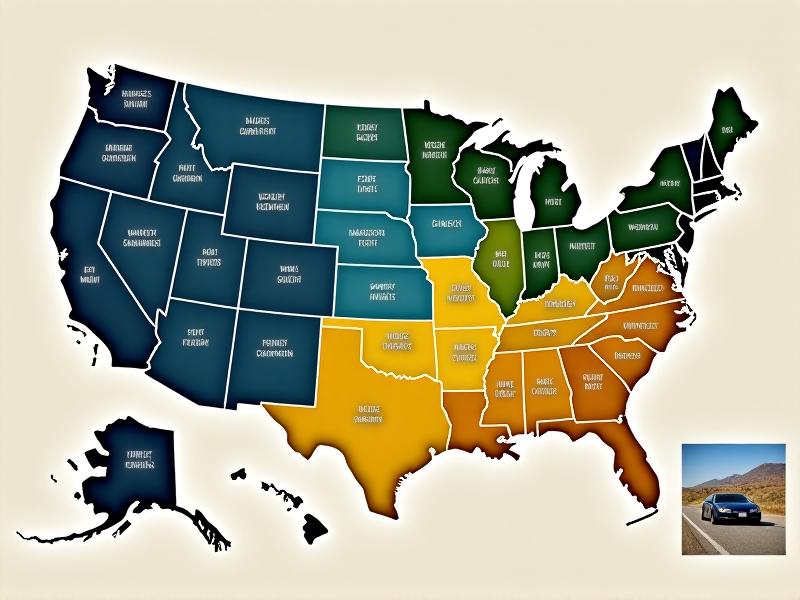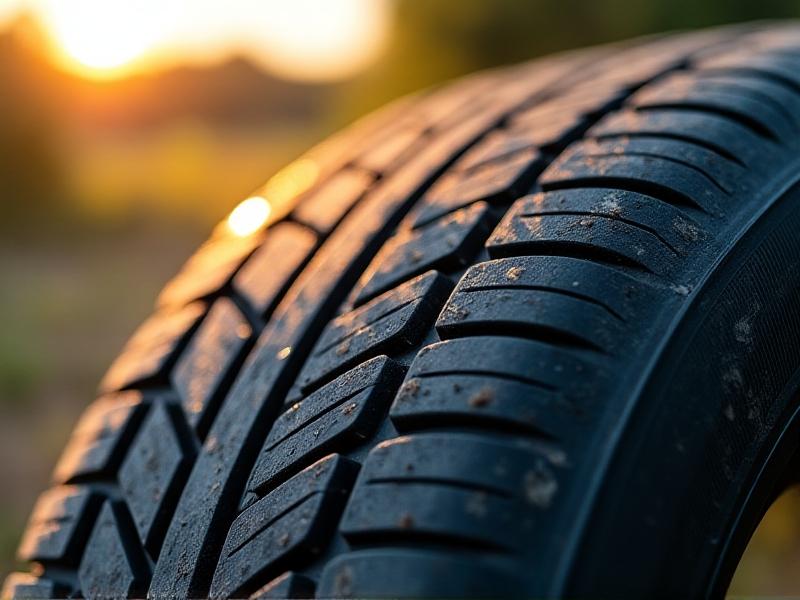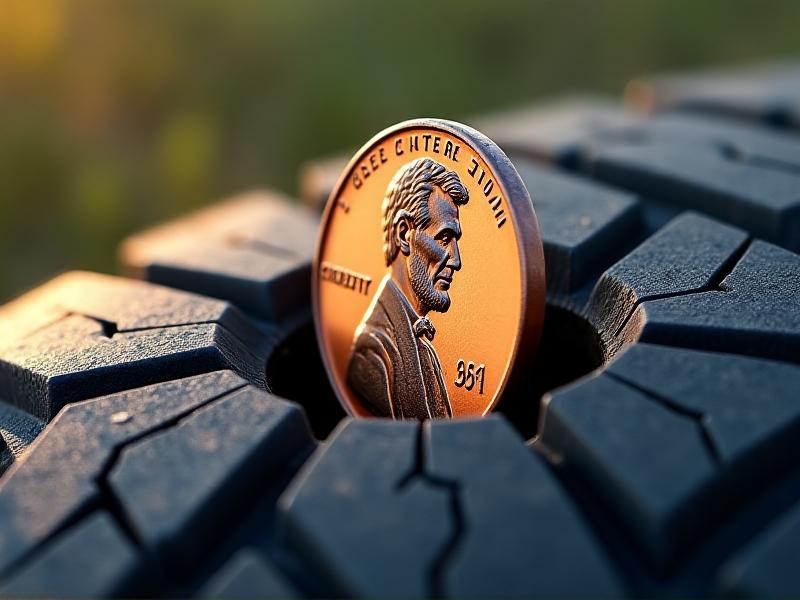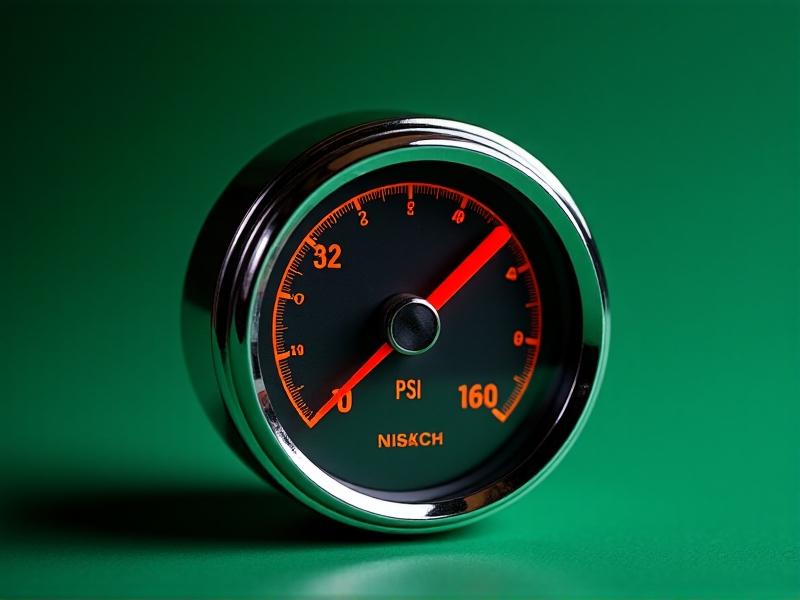```html
Why Seasonal Tire Timing Matters
Switching between summer and winter tires isn’t just a recommendation—it’s a safety imperative. Summer tires are engineered with rubber compounds that stay pliable in warm weather, offering optimal grip on dry or wet roads. Winter tires, however, feature deeper treads and specialized rubber that resists hardening in freezing temperatures, improving traction on snow and ice. Failing to swap tires seasonally compromises braking efficiency, cornering stability, and overall control. For instance, summer tires can lose elasticity below 45°F (7°C), turning them into rigid, slippery hazards. Conversely, winter tires wear rapidly in hot weather, reducing their lifespan and performance. Timing your swap correctly balances safety, cost-effectiveness, and vehicle longevity.

Temperature Thresholds: The Science Behind the Switch
The magic number for tire changes is 45°F (7°C). Summer tires begin to harden below this threshold, reducing their ability to conform to road surfaces. Winter tires, designed with silica-rich rubber, maintain flexibility in colder conditions, ensuring consistent contact patches. However, temperature alone isn’t the sole factor. Early mornings and late evenings often dip below daytime highs, creating black ice risks even if afternoons feel mild. Monitoring 7-day forecasts helps anticipate sustained cold snaps. Pro tip: Plan swaps when average daily temperatures hover near 50°F (10°C) to avoid sudden drops catching you off guard. Regions with volatile weather might require earlier swaps—flexibility is key.

Visual and Environmental Cues for Timing Your Swap
Nature provides subtle hints for tire changes. Deciduous trees shedding leaves signal cooling trends, while frost on windshields indicates overnight freezes. Pay attention to local wildlife behavior—birds migrating or animals growing thicker fur often precede harsh weather. Road conditions also offer clues: reduced morning traction or increased salt trucks patrolling highways suggest it’s time for winter tires. Urban drivers should note when municipalities activate snowplow contracts, as these dates align with regional climate patterns. For summer tire reinstallation, watch for consistent bud growth on trees and dandelions blooming—nature’s “all-clear” for warmer months.

Geographic Variations: How Location Impacts Tire Change Dates
Mountain towns might require winter tires by October, while southern coastal areas could wait until December. Use the “first frost date” maps from agricultural extensions as guides—these track historical frost probabilities. High-altitude drivers should swap tires 2-3 weeks earlier than valley residents. Microclimates matter: San Francisco’s coastal fog belt demands different timing than its inland valleys. Cross-reference your commute route—mountain passes or shaded valleys may need winter tires before your home area does. Canadians follow the “Thanksgiving rule,” swapping tires by mid-October, while Texans might rotate only once every few years during rare cold spells.

Step-by-Step Guide to Swapping Tires Safely
Begin by parking on level ground and engaging the parking brake. Loosen lug nuts slightly before lifting the vehicle with a jack. Remove wheels methodically, cleaning hub surfaces with a wire brush to prevent corrosion. When mounting, hand-tighten lug nuts in a star pattern to ensure even pressure—never use impact wrenches for final tightening. Torque specifications vary: most passenger cars require 80-100 lb-ft (consult your manual). Store off-season tires upright in breathable bags, away from sunlight and ozone sources like motors. Label each tire’s position (front-left, etc.) to promote even wear during next rotation. Pro tip: Apply tire paste to sidewalls before storage to prevent cracking.
Risks of Ignoring Seasonal Tire Change Windows
Delaying winter tire installation increases stopping distances by 25-50% on icy roads—equivalent to 8 car lengths at 30 mph. Insurance claims spike in November and April, correlating with transitional weather mismatches. Summer tires in snow cause fishtailing during lane changes, while winter tires in heat develop cupping wear that creates dangerous vibrations at highway speeds. Legal consequences exist: Quebec fines drivers $200-$300 for missing the December 1-March 15 winter tire window. Beyond safety, improper tires accelerate wear on suspension components and ABS systems. Cost-benefit analyses show proper swaps save $300+/year in avoided repairs and fuel efficiency losses from dragging soft winter rubber in summer.
Year-Round Considerations for Hybrid and All-Weather Tires
All-weather tires (marked with 3PMSF mountain/snowflake symbol) bridge seasonal gaps but require compromise. They’re 70% as effective as dedicated winter tires in blizzards but last longer in mild cold than pure winter models. For hybrid drivers, note that EV torque demands 10% deeper tread depth for equivalent grip versus gas cars. Storage tips differ too: Keep EV tires at 50% charge to prevent battery drain from temperature monitoring systems. Urban drivers in moderate climates might use all-weathers year-round, but anyone encountering consistent sub-20°F (-6°C) or 90°F+ (32°C) should still maintain dedicated sets. Always check manufacturer warranties—some void coverage if tires aren’t seasonally rotated.



